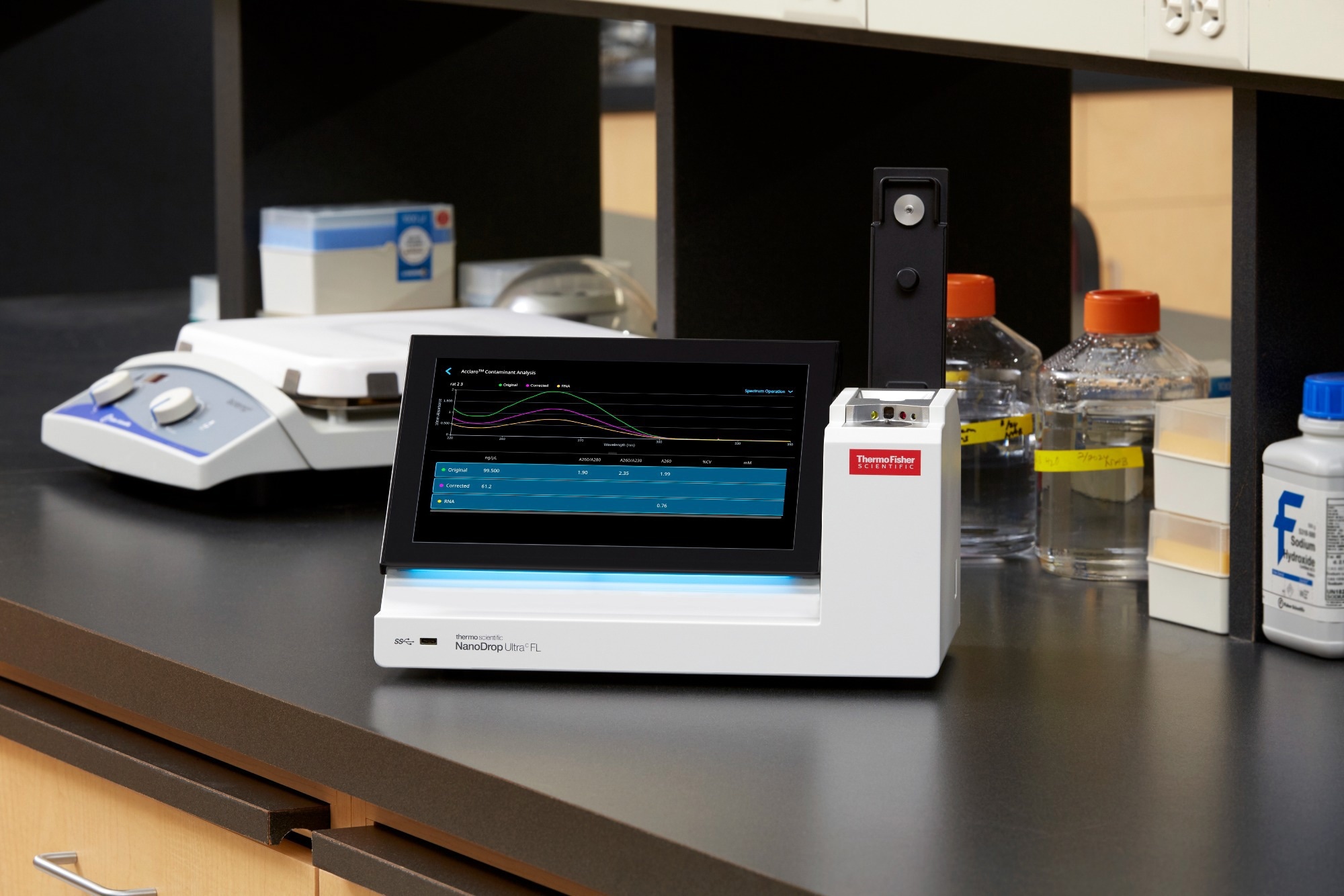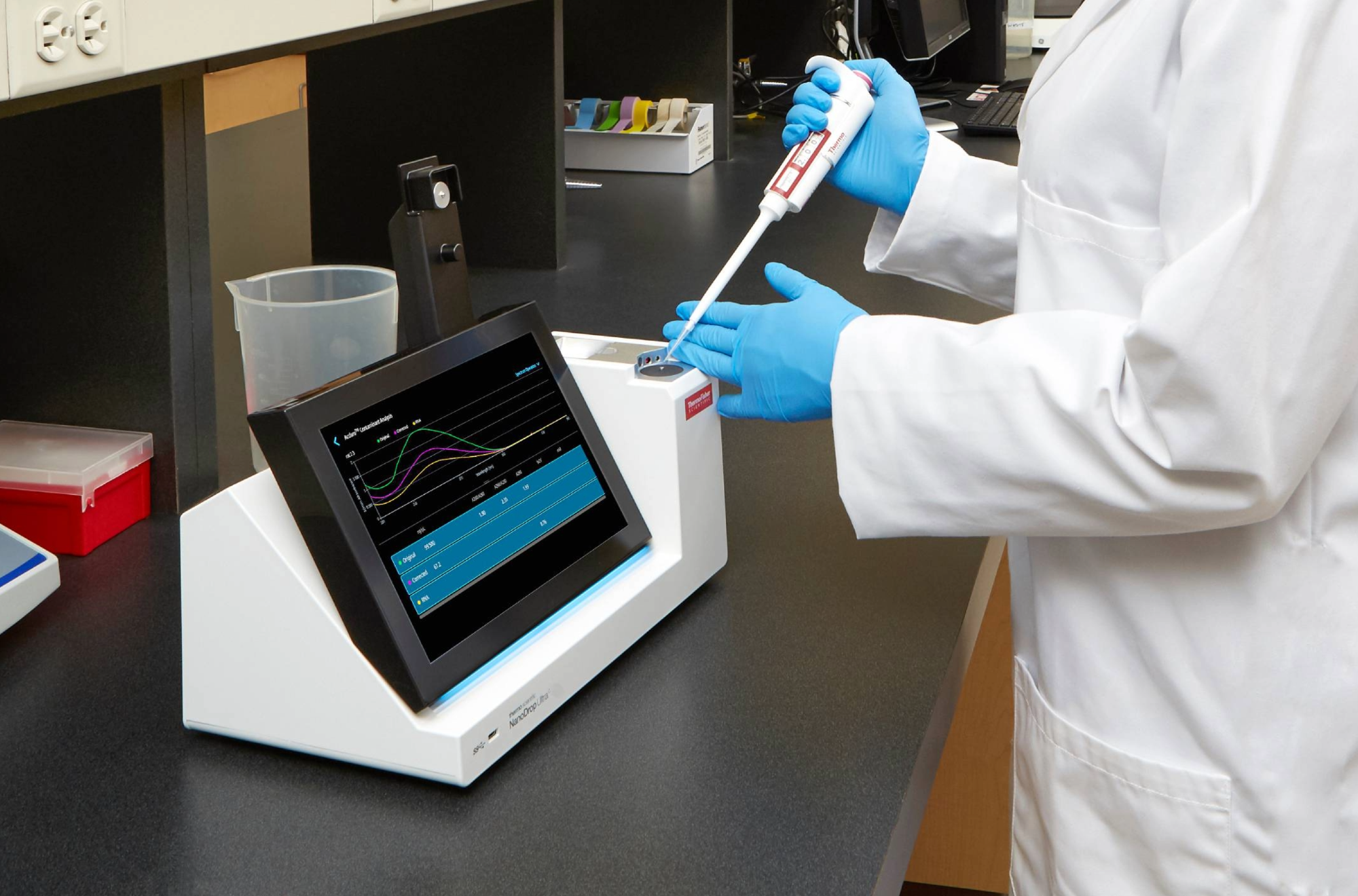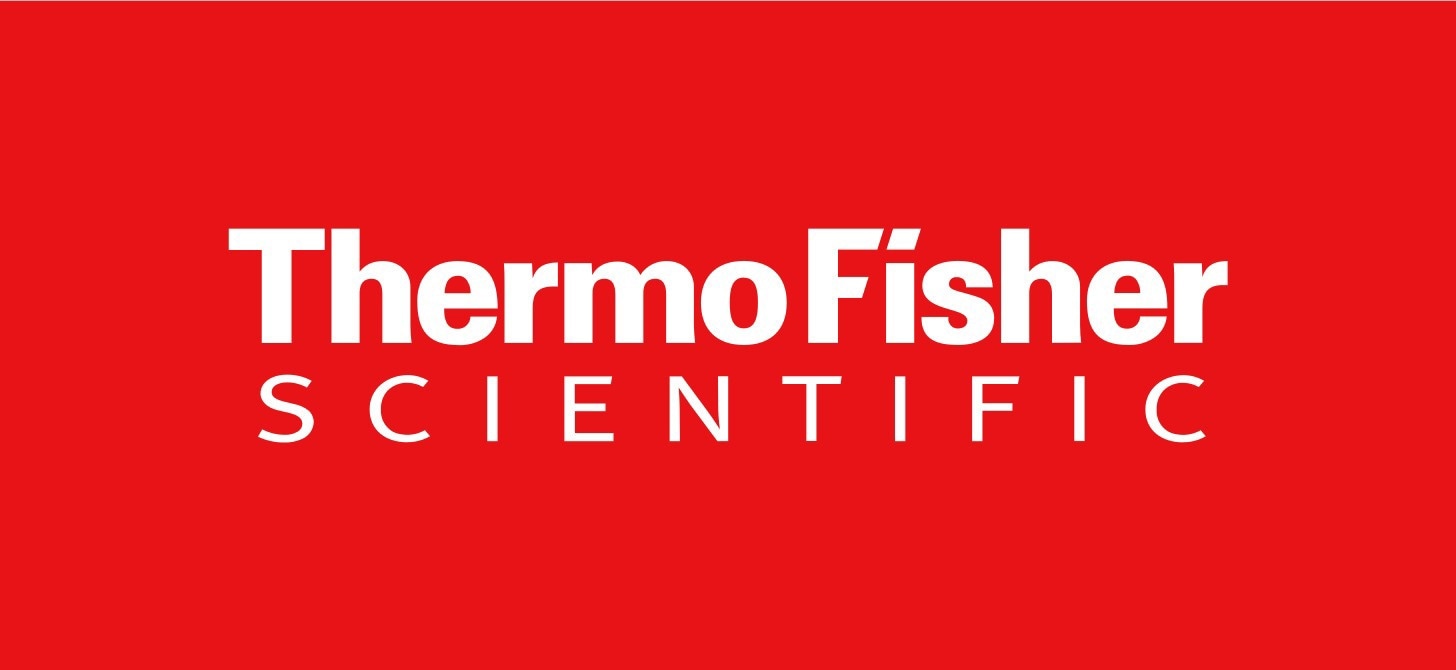In this interview, industry expert Patrick Brown explains how modern spectrophotometry is evolving to support high-concentration workflows, streamlined data integration, and greater accuracy in biopharma settings.
Could you give us some insights into what motivated the development of the Acclaro Pro software and how it reflects the evolving demands of modern analytical labs?
For many years, NanoDrop instruments have been used primarily in research environments such as academia, government, and biopharma. But as bioproduction has expanded, we’ve seen a shift: more customers now want to use NanoDrop in manufacturing settings. They’re working with high-concentration biologics and need to quantify and qualify them accurately using just a few microliters. They asked for an exceptionally accurate NanoDrop that could handle these high concentrations, and that was a key motivator behind Acclaro Pro.
What specific challenges does the Acclaro Pro software aim to address?
The main challenges we’re addressing come from the biopharma and biomanufacturing space. These customers must confidently release batches of products such as proteins, nucleic acids, and therapies with verified concentration and purity. But when dealing with very high concentrations, your measurement options become limited. The most common but error-prone approach is dilution, which introduces variability through operator technique or pipette calibration. Acclaro Pro addresses this by offering a highly accurate alternative that eliminates the need for dilution.

Image Credit: Thermo Fisher Scientific
Accuracy is often compromised when working with high-concentration samples. How does Acclaro Pro maintain measurement integrity without dilution or extra prep steps?
Accuracy at high concentrations is exactly where Acclaro Pro excels. Traditional methods often require diluting samples to bring them within a measurable range, but that introduces error. With Acclaro Pro, we’ve created a solution that can be measured directly with no dilution needed. It provides highly accurate results, within 5 percent error, across a very broad absorbance range from as low as 0.02 to as high as 550 absorbance units. That’s a significant breakthrough for labs that need speed and confidence in their results.

Image Credit: Thermo Fisher Scientific
In what ways does the Acclaro Pro bundle align with the growing demand for turnkey solutions in biopharma QC and method development?
The Acclaro Pro bundle is designed as a ready-to-go solution. It comes factory-calibrated for our most common absorbance applications, so users don’t have to spend time customizing methods. Users simply select their analyte, and the software automatically sets the appropriate wavelength and purity ratios. Within 30 seconds, you have an accurate concentration result. That speed and simplicity is exactly what biopharma QC teams and method development groups seek in a turnkey tool.
NanoDrop instruments have been a staple in many labs for decades. What differentiates the Ultra series with Acclaro Pro from its predecessors beyond speed or sensitivity?
Beyond accuracy and speed, the Ultra series with Acclaro Pro introduces several important upgrades. For researchers, there’s improved differentiation between DNA and RNA from various biological origins, such as plant or bacterial species. There’s also a built-in qPCR Recipe Calculator. However, we’ve added the SciVault2 software for manufacturing environments, which supports 21 CFR Part 11 compliance directly on the instrument. That includes user management, electronic signatures, and audit logging on a 10.1-inch HD touchscreen or via a connected PC. So whether you're in R&D or GMP, the Ultra series meets your needs.
In what ways has the shift toward cloud connectivity and RESTful APIs transformed how labs manage and share spectrophotometric data?
We’ve fully embraced this shift. The Ultra series now supports export to Microsoft OneDrive, Google Drive, and Thermo Fisher Connect. But the real game changer is the RESTful API. It allows labs to push data directly to a centralized LIMS system, enabling full traceability and data integration across workflows. It means users can track and aggregate data for a specific drug or experiment, including their NanoDrop results, all in one place. It’s a major step forward in data management and digital lab connectivity.
About Patrick Brown 
Patrick earned his B.S. in Pharmaceutical Product Development in 2010 and his M.S. in Biomedical Sciences in 2015. He joined Thermo Fisher Scientific that same year and now leads product development for UV-Vis spectroscopy as a Senior Manager. He drives innovation across the NanoDrop product line, combining deep scientific expertise with a strong focus on user experience and technical support.
About Thermo Fisher Scientific - UV-Vis Spectroscopy
UV-Vis Spectrometers overview
Scientists can count on our broad range of ultraviolet (UV) and visible (Vis) spectrophotometers to deliver reliable, accurate data. The innovative Thermo Scientific NanoDrop microvolume family of instruments, have been helping scientists accelerate the pace of discovery for over 20 years. From classroom teaching - to routine measurements - to discovery of the next scientific breakthrough, our line of spectrophotometers is designed to fit into any modern laboratory. With our introduction of the new NanoDrop Ultra we're helping to power the future of research. Additionally, The Thermo Scientific SPECTRONIC 200, GENESYS, and Evolution product lines are designed to streamline measurements providing consistent, high-quality results, time after time.